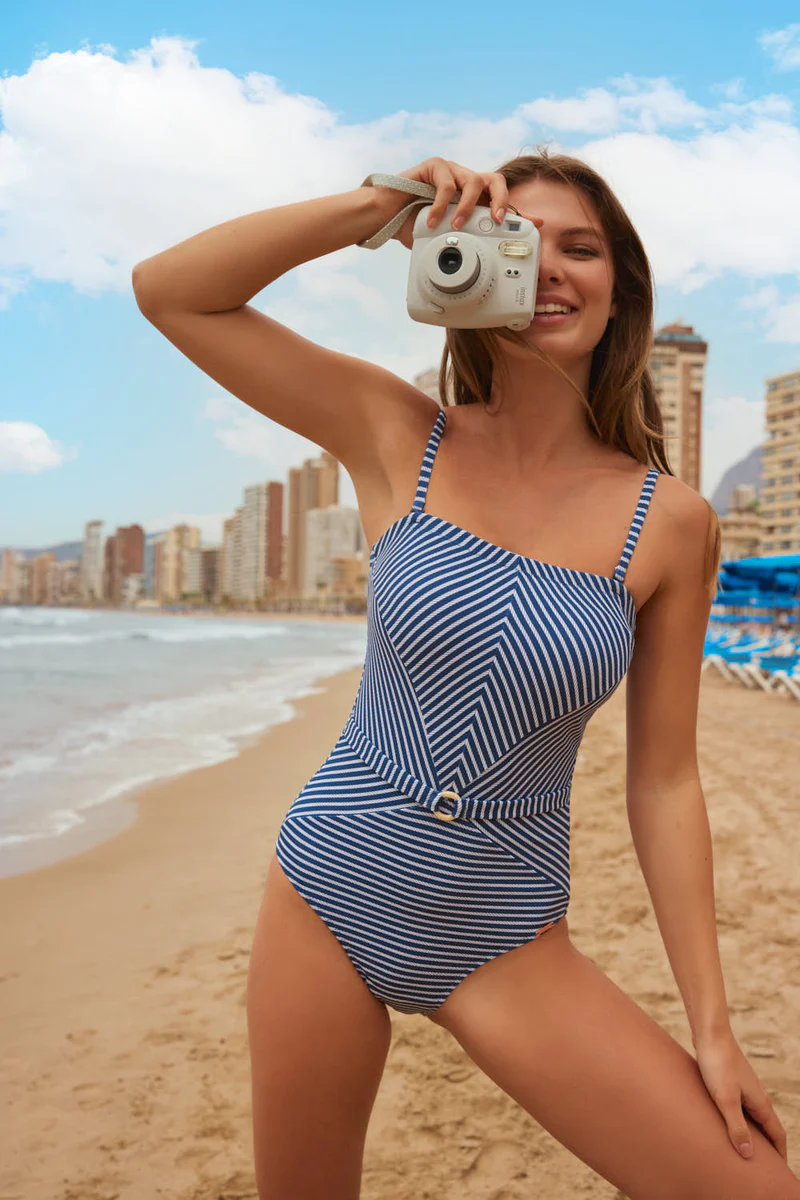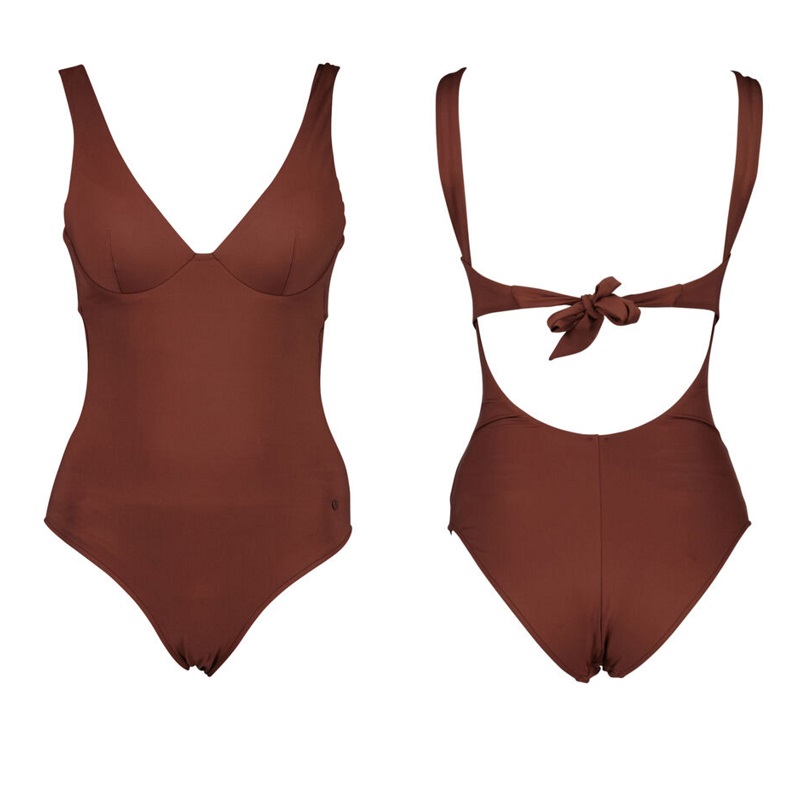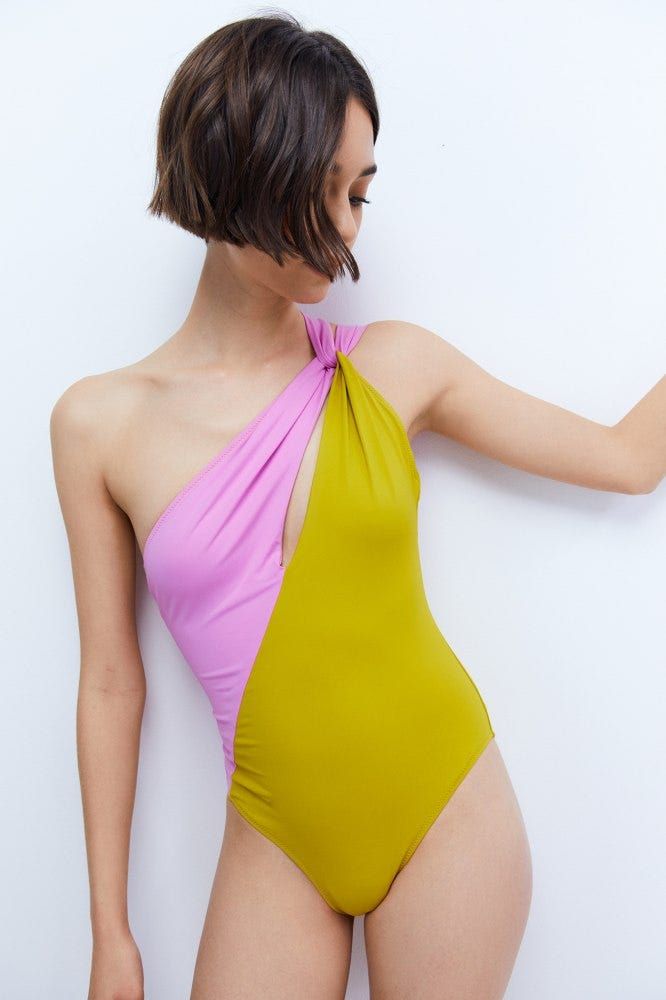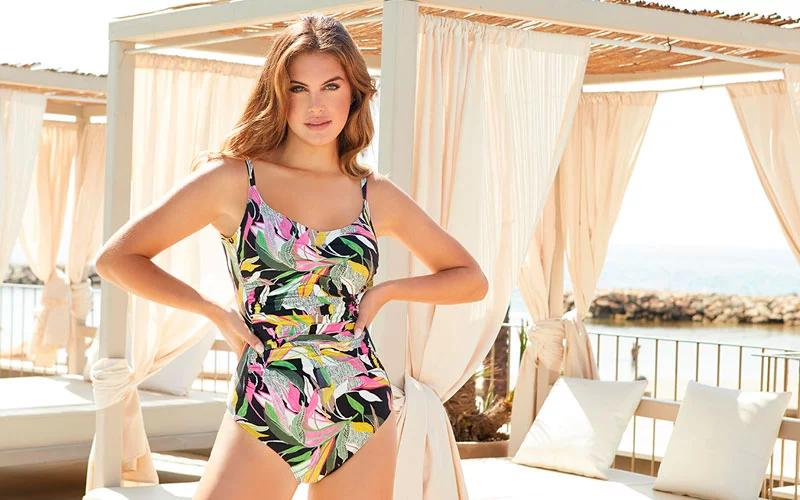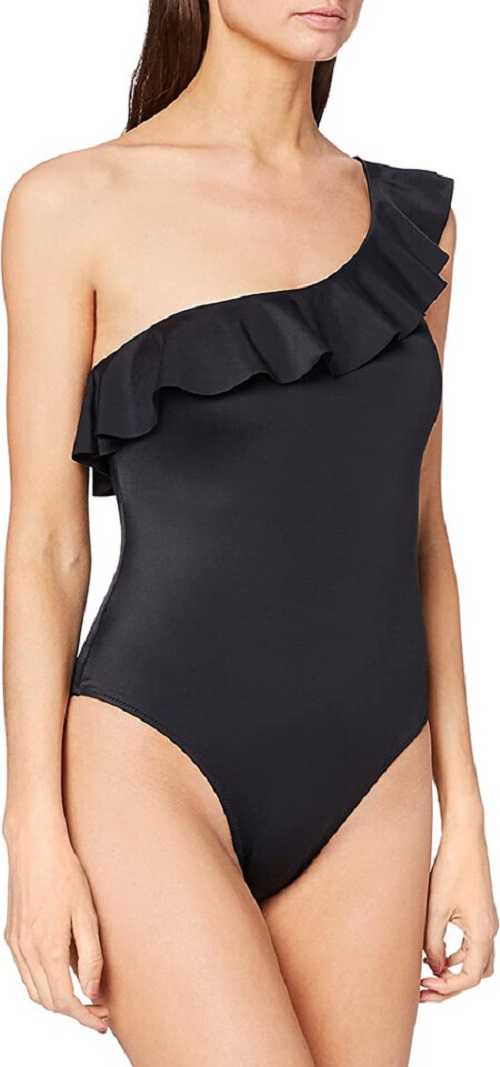
Summer is here, and it’s time to hit the beach or pool. But finding the perfect swimsuit that flatters your body type and makes you feel confident can be a daunting task. With so many different styles, cuts, and colors available, it’s easy to get overwhelmed. This article aims to guide you through the process of selecting the right women’s swimsuit for your body type, highlighting the various options and features that can enhance your figure.
For Apple Shapes:
Apple-shaped bodies tend to carry their weight around the midsection, with a larger bust and narrower hips. The key to finding the right women’s swimsuit for this body type is to create a balance between the upper and lower body and draw attention away from the midsection. One-piece swimsuits with ruched or twisted details around the waist can help create the illusion of a smaller waistline. V-neck or plunging necklines can also elongate the torso and draw attention to the chest. High-waisted bikini bottoms with a tummy control panel can provide support and coverage while highlighting the hips.
For Pear Shapes:
Pear-shaped bodies are characterized by wider hips and thighs and a smaller waist and upper body. The goal for this body type is to create a balance between the upper and lower body while accentuating the waist. Swimwear with a halter neckline or straps that tie at the neck can draw attention to the upper body and shoulders. Bikini tops with ruffles or embellishments can also add volume to the chest area. Bottoms with a higher cut can elongate the legs and create a more balanced silhouette. Avoid boy shorts or skirts that may add bulk to the hips.
For Hourglass Shapes:
Hourglass-shaped bodies have a well-defined waist and equal proportions between the bust and hips. The ideal women’s swimsuit for this body type is one that highlights the curves while providing support and coverage. One-piece swimsuits with a low-cut back can showcase the waistline and accentuate the curves. Bikinis with underwire or molded cups can provide support and enhance the chest. High-waisted bottoms or bikini bottoms with thick side straps can flatter the hips and create a balanced look.
For Athletic Shapes:
Athletic bodies are characterized by a straight, athletic build with minimal curves. The goal for this body type is to create the illusion of curves while highlighting the lean physique. Swimsuits with cutouts or strategic details like ruffles, knots, or bows can add dimension to the figure and create the illusion of curves. Bikinis with a bandeau top or a push-up bra can add volume to the chest. High-cut bottoms can elongate the legs and emphasize the hips. Avoid boxy or shapeless swimsuits that may flatten the figure.
For Plus Sizes:
Swimwear for plus-size bodies should offer support, coverage, and comfort while highlighting the best features. One-piece swimsuits with a defined waistline or empire waist can create a flattering silhouette while providing tummy control. Swim dresses or tankinis with a built-in bra can offer support and coverage while allowing for movement and flexibility. High-waisted bikini bottoms with a wide waistband can provide support and coverage while accentuating the curves. Avoid swimsuits with thin straps or low-cut tops that may not provide enough support.
For Petite Sizes:
Petite bodies require swimsuits that elongate the figure and create the illusion of height. High-cut one-piece swimsuits or bikinis can elongate the legs and create the illusion of a longer torso. Swimsuits with vertical stripes or patterns can also create the illusion of height. Halter tops or bandeau tops can draw attention to the shoulders and create a more balanced look. Avoid swimsuits with too many details or embellishments that may overwhelm the figure.
Conclusion:
Choosing the right swimsuit for your body type can make all the difference in how you feel and look at the beach or pool. Embracing your body type and selecting a swimsuit that flatters your figure and highlights your best features can boost your confidence and make you feel beautiful. With the various options and features available, there’s a swimsuit for every body type. So go ahead and dive into summer with style and confidence.

